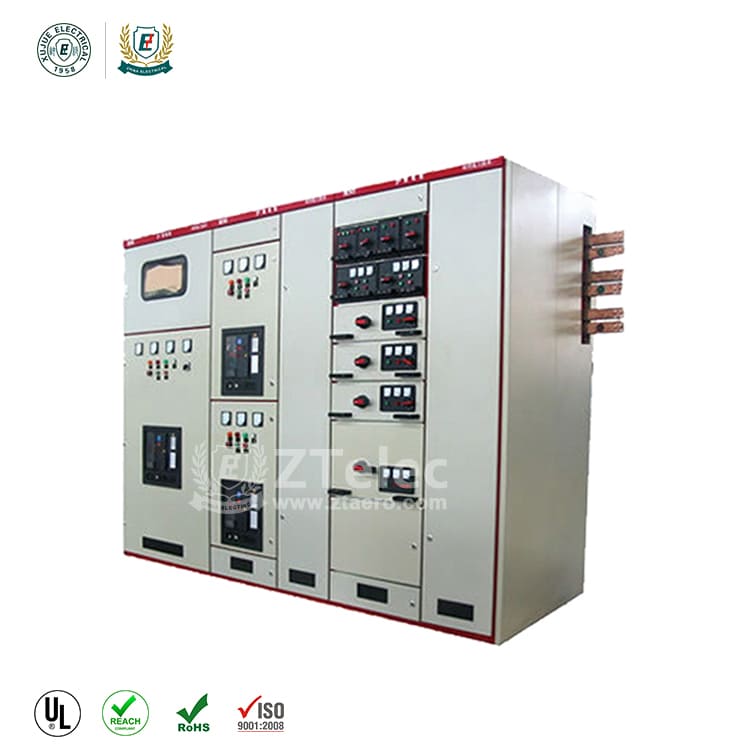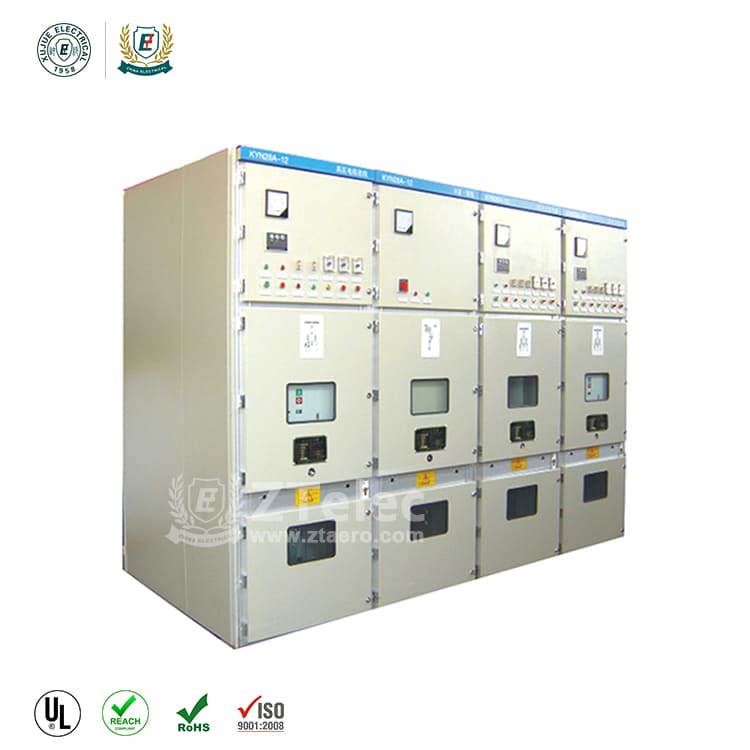High-voltage control cabinets and low-voltage control cabinets are two different types of equipment used in electrical control systems. They have some differences in voltage levels, application ranges and design features. Here are their main differences and differences:
1. Voltage level:
High-voltage control cabinet: High-voltage control cabinets are usually used for systems that handle higher voltages, generally covering the medium voltage (MV) and high voltage (High Voltage, HV) ranges. These control cabinets may involve voltage levels above thousands of volts and are used in large power systems, substations, etc.
Low-voltage control cabinet: Low-voltage control cabinet is suitable for lower voltage levels, generally covering the low voltage (LV) range, usually below 1000 volts. These control cabinets are commonly used in electrical systems in industrial and commercial buildings, manufacturing equipment, and more.

2. Application scope:
High-voltage control cabinet: Used in large power systems, substations, power transmission and distribution systems and other places where high voltage needs to be processed. These systems typically include components such as generators, transformers, cables, and more.
Low voltage control cabinet: used in industrial fields, commercial buildings, manufacturing and other places where lower voltage needs to be handled. These systems usually involve motor control, lighting control, power distribution systems, etc.
3. Design features:
High-voltage control cabinet: Since higher voltage levels are involved, the design of high-voltage control cabinets needs to consider stricter safety standards and electrical isolation. Larger insulation distances and more powerful isolation and protection equipment are usually used.
Low-voltage control cabinet: The design pays more attention to economy and convenience, and usually adopts modular design for easy installation and maintenance. Isolation and protection equipment are also relatively small.
4. Component type:
High-voltage control cabinet: Including circuit breakers, isolation switches, current transformers and other high-power equipment used in high-voltage systems.
Low-voltage control cabinet: includes circuit breakers, contactors, relays, protection devices, etc. for low-voltage systems.

5. Safety requirements:
High-voltage control cabinet: Due to the dangers of high voltage, the safety requirements of high-voltage control cabinets are more stringent and need to comply with special high-voltage safety standards.
Low-voltage control cabinet: Although low-voltage control cabinets must also meet certain safety standards, they generally have lower safety risks than high-voltage systems.
There are obvious differences between high-voltage control cabinets and low-voltage control cabinets in terms of voltage levels, application ranges, design features, and safety requirements.
High-voltage control cabinets and low-voltage controls are designed for different electrical systems and application scenarios.

Tags:
Enameled Wire Copper wire Aluminum wire Enamelled wire Aluminum Winding Wire Magnet wire Modified polyester Round copper wire Heat resistance Enameled aluminum wire